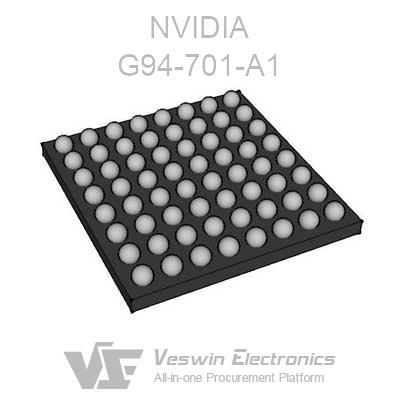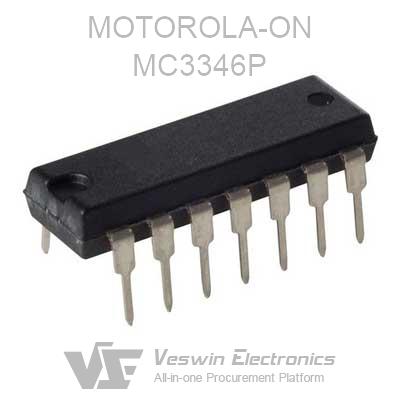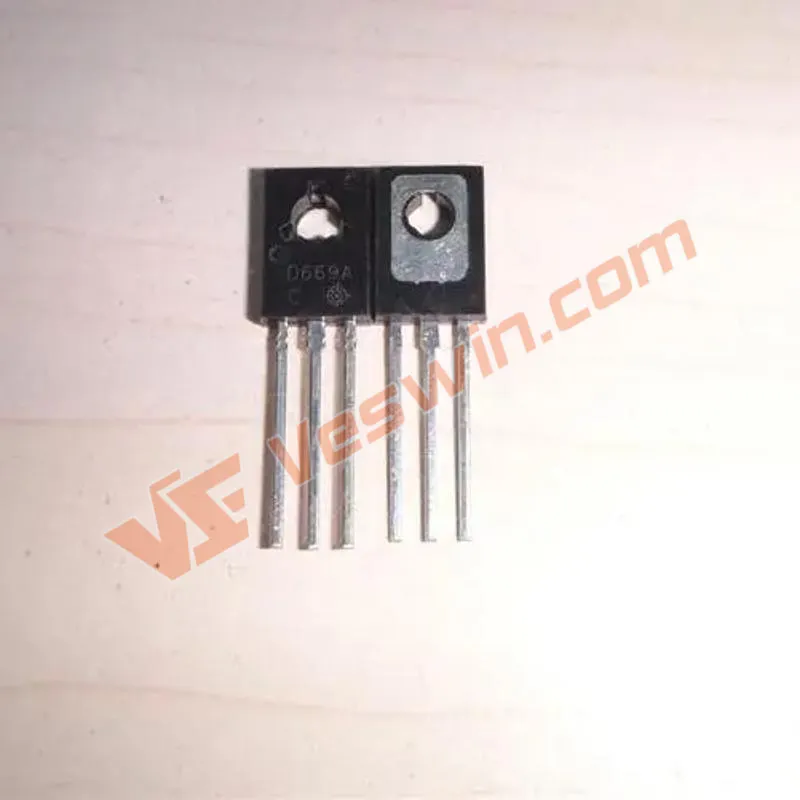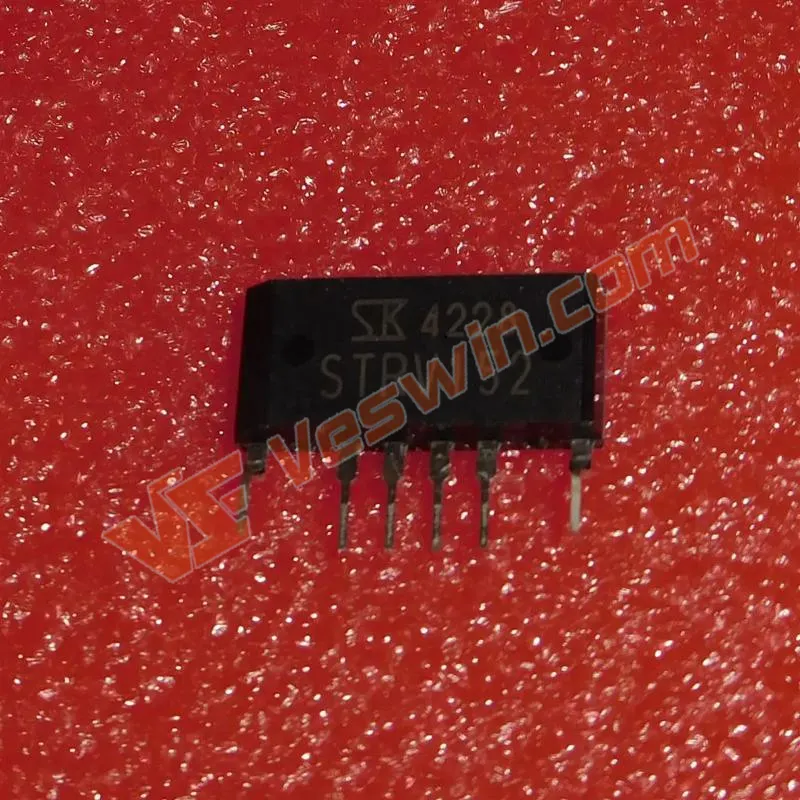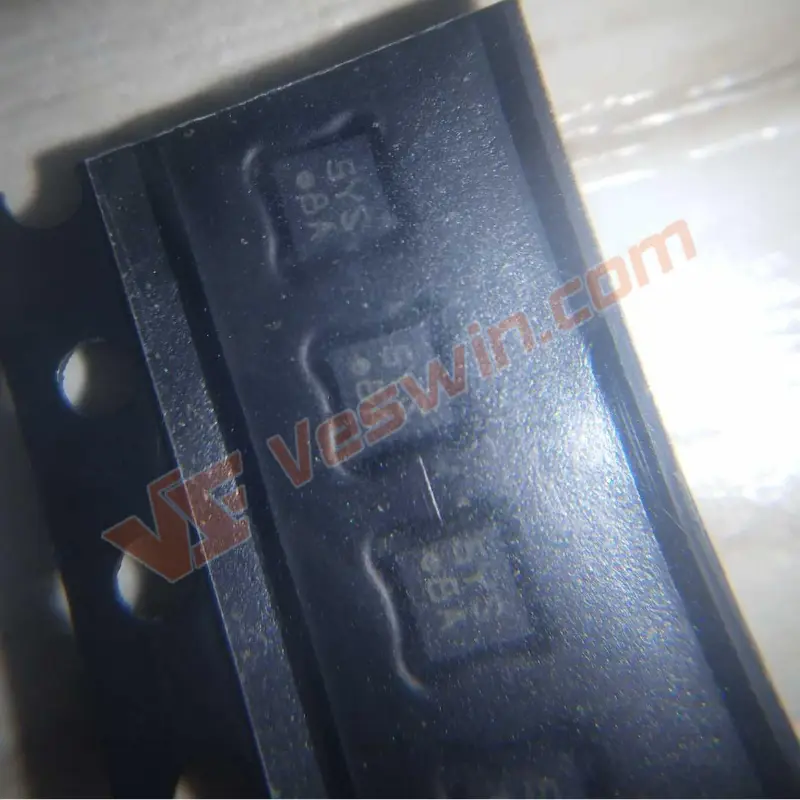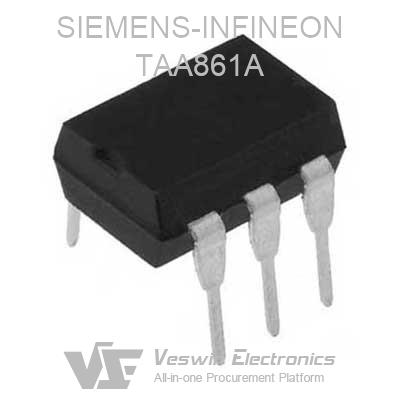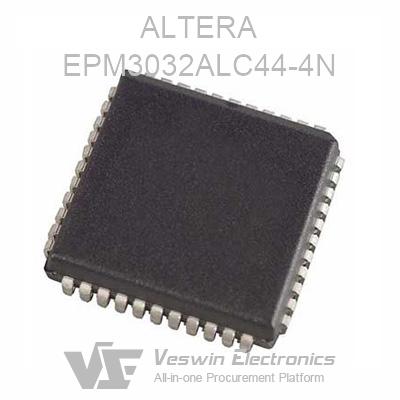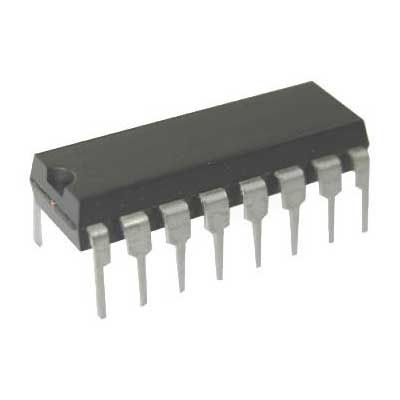A power management IC is an integrated circuit or a group of ICs responsible for the conversion, distribution, detection, and other power management of electrical energy in electronic equipment systems. It is mainly responsible for converting source voltage and current into power that can be used by loads such as microprocessors and sensors. It is designed to manage and control electronic devices' power supply and power consumption.
PMICs are commonly used in various applications, including smartphones, tablets, laptops, IoT devices, embedded systems, and more. They are vital in optimizing power efficiency, extending battery life, and ensuring stable and reliable power delivery to various components within a device.
Key functions and features of power management ICs may include:
Voltage Regulation: PMICs typically include voltage regulators that convert an input voltage to the output voltage levels required by different components within the device.
Power Sequencing: PMICs can control the sequence in which various power rails are turned on or off to ensure proper device startup and shutdown sequencing.
Battery charging: Many PMICs contain battery charging circuitry that manages the charging process, including monitoring battery status, adjusting charging current, and preventing overcharging or over-discharging.
Power Monitoring: PMICs can provide information about power consumption, voltage, and current levels, which is useful for system monitoring and optimization.
Thermal Management: Some PMICs have features that monitor and control the device's temperature to prevent overheating and ensure safe operation.
Power efficiency: PMICs often employ voltage regulation and power gating techniques to maximize power efficiency and extend battery life.
Fault protection may include various protection mechanisms against overvoltage, overcurrent, and short-circuit conditions.
Load Switch: PMICs can control the turn on/off status of specific components or peripherals to save power when not in use.
Power saving modes: They can provide different power saving modes such as sleep, standby, and low-power modes to reduce power consumption during idle periods.
Communication interfaces: PMICs can communicate with the device's main processor or microcontroller through interfaces such as I2C, SPI, or UART, allowing dynamic power management based on system needs.
The specific features and functionality of a PMIC may vary depending on the application and requirements of the electronic device. By efficiently managing power, PMICs help extend battery life, improve performance, and improve reliability in portable and battery-powered devices.
You May Also Like:What Is a Hexa Core Processor?
If a Power Management IC (PMIC) in an electronic device is damaged, it can have a range of negative consequences, depending on the extent of the damage and the specific functions of the PMIC. Here are some potential outcomes and issues that can occur if the PMIC is damaged:
Power Supply Issues: The most immediate and significant impact of a damaged PMIC is disruptions in power supply. The device may experience voltage instability, leading to erratic behavior or complete failure. Components receiving incorrect voltage levels may not function correctly or could be damaged.
Device Failure: In many cases, a damaged PMIC can lead to the failure of the entire electronic device. This is especially true if the PMIC regulates critical power rails or manages battery charging.
Battery-Related Problems: If the PMIC is responsible for battery management, a damaged PMIC can lead to issues with the device's battery. This might include overcharging, over-discharging, or failing to charge the battery. Battery-related problems can result in reduced battery life or even battery damage.
Reduced Power Efficiency: A damaged PMIC may not be able to perform power optimization functions effectively. This can increase power consumption, reduce battery life, and decrease overall device efficiency.
Overheating: If the PMIC is responsible for thermal management, a damaged IC might not be able to properly regulate the device's temperature. This can lead to overheating, which can, in turn, cause further damage to the device's components.
Inconsistent Behavior: Devices with damaged PMICs may exhibit inconsistent behavior. They might power on and off randomly, freeze, or become unresponsive. These issues can make the device unreliable or unusable.
Safety Risks: Depending on the nature of the damage, a malfunctioning PMIC can pose safety risks. For example, if it fails to regulate power correctly, it might expose components to voltage levels they are not designed to handle, potentially causing electrical shorts or fires.
You May Need to Know:TPS61096ADSSR RT9065GE SGM2019-2.7YN5G SY8303AIC
Loss of Data: A damaged PMIC can sometimes lead to data loss or corruption if the device crashes or shuts down unexpectedly.
Difficulty in Diagnosis and Repair: Troubleshooting and repairing a device with a damaged PMIC can be challenging. Identifying the PMIC as the root cause of issues may require specialized tools and expertise.
In summary, a damaged Power Management IC can have a wide range of adverse effects on an electronic device, from causing immediate failure to leading to issues with power supply, battery management, and overall device functionality. Repairing or replacing a damaged PMIC often requires skilled technicians and may involve replacing the IC itself or the entire motherboard, depending on the device's design and the extent of the damage.
Hot News
